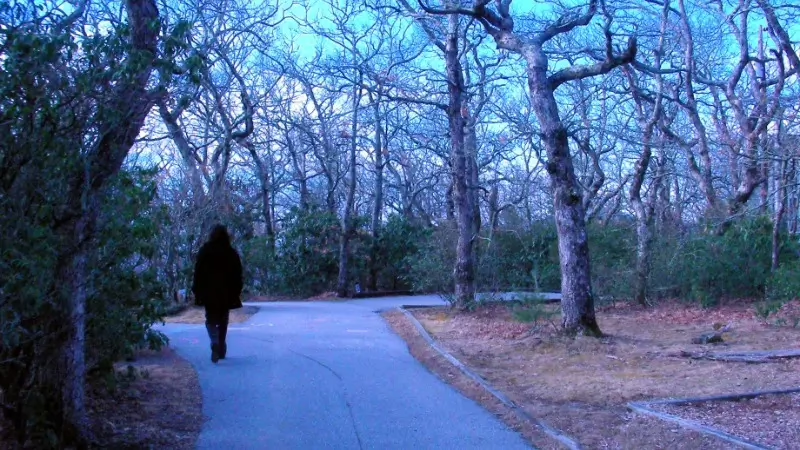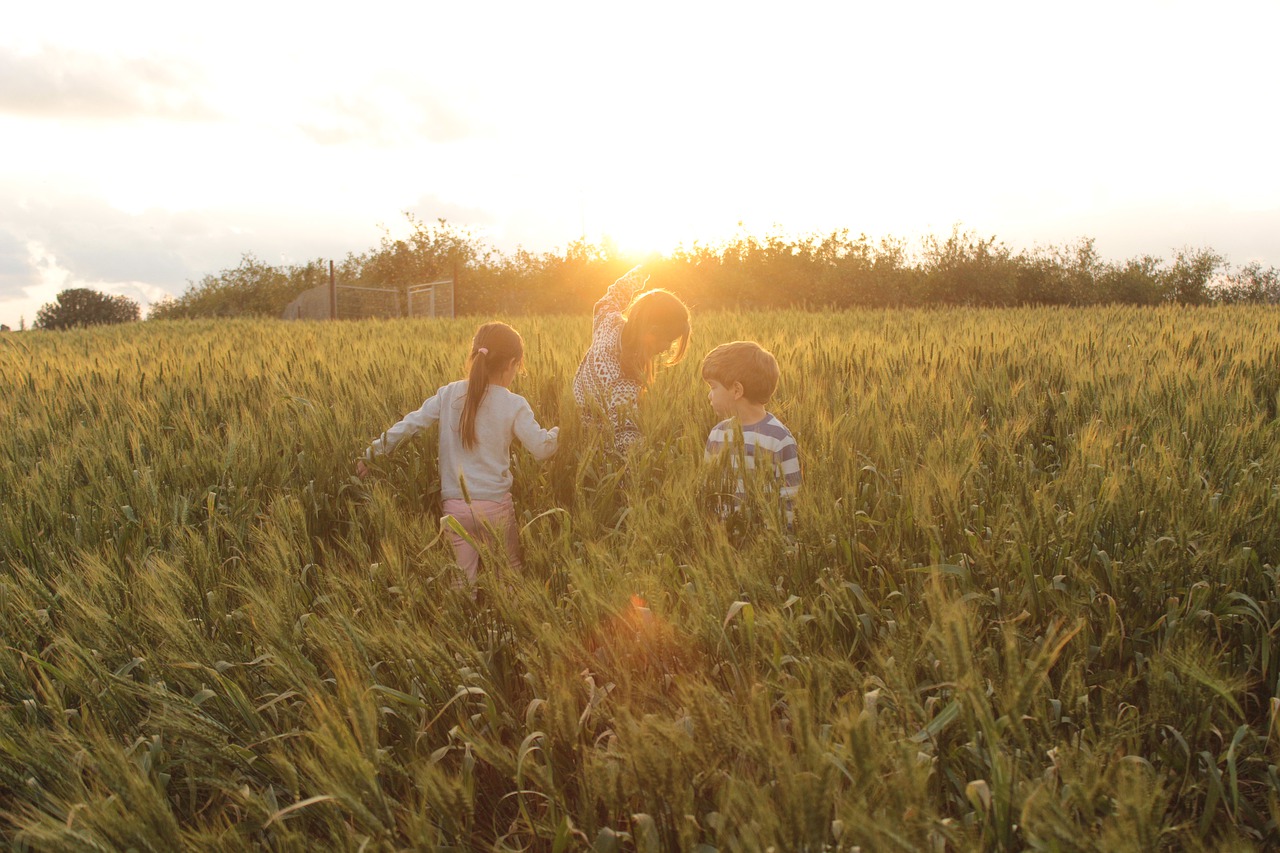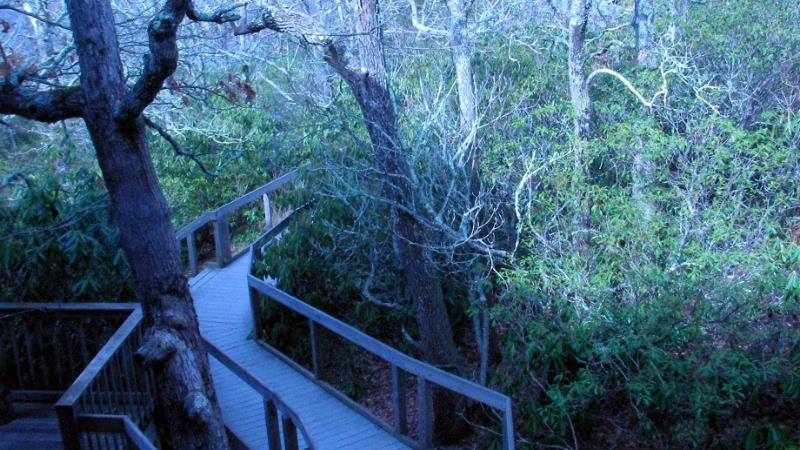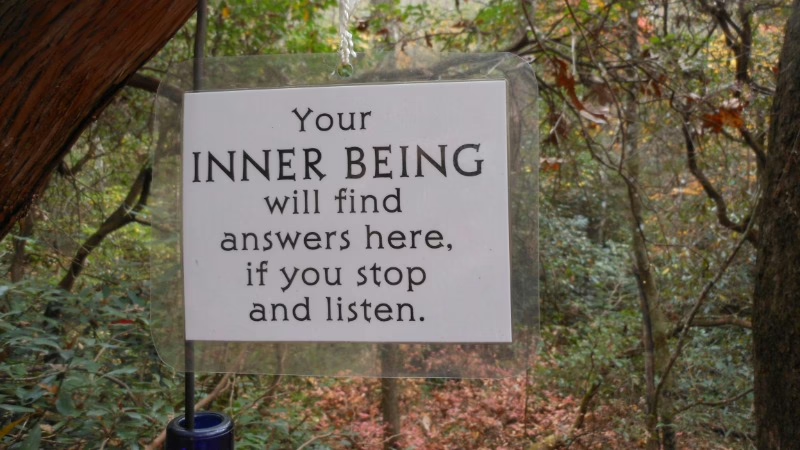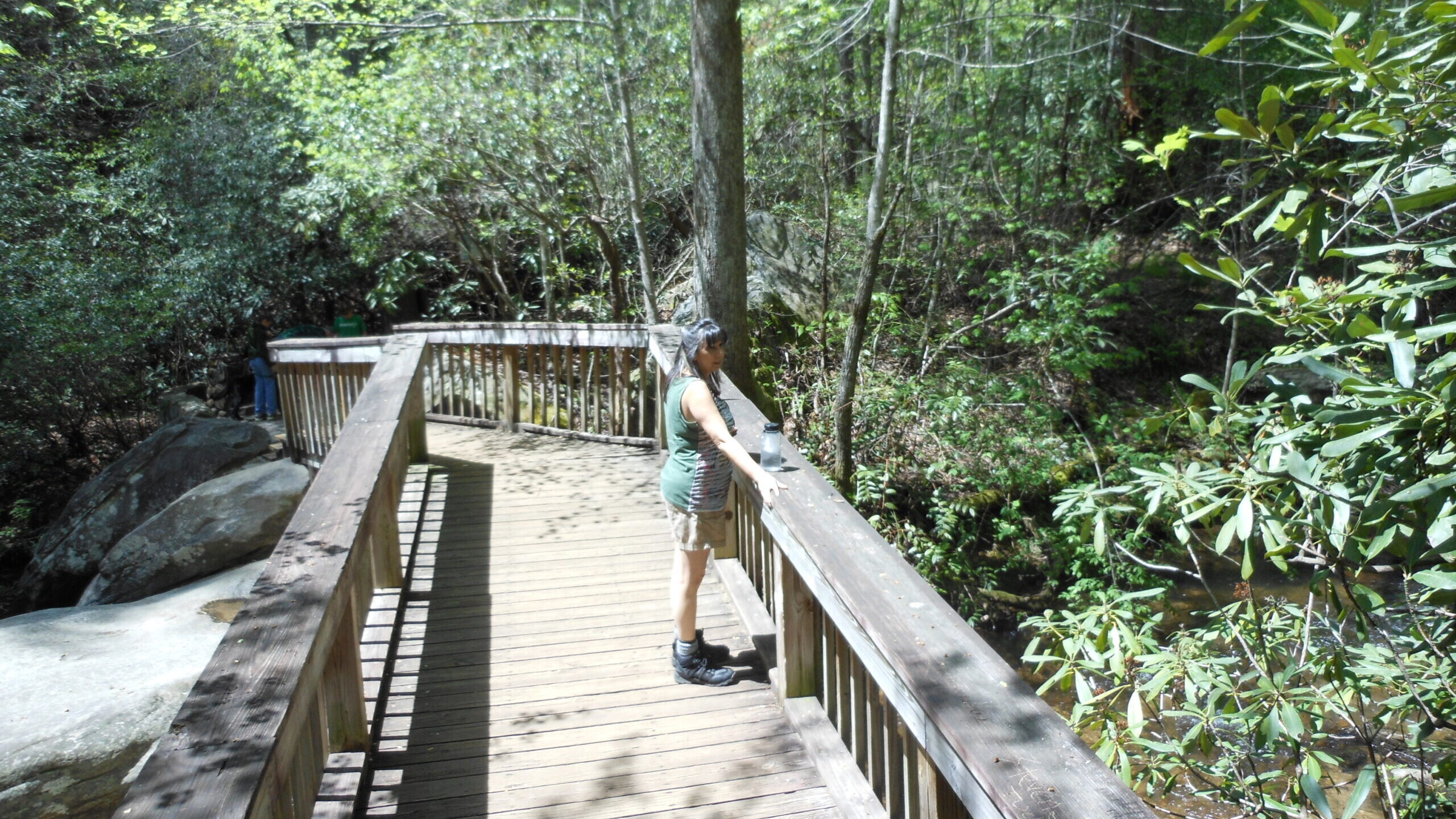
Table of Contents
Trauma is a deeply disruptive experience that leaves a lasting imprint on the body and mind. Post-Traumatic Stress Disorder (PTSD) develops when the nervous system becomes stuck in a cycle of hypervigilance, intrusive memories, and emotional overwhelm. For many survivors, the world can feel unsafe, unpredictable, and disorienting. Traditional therapies such as talk therapy, medication, and cognitive-behavioral strategies can provide essential support, but an increasing body of research shows that incorporating nature into healing work adds a powerful and often transformative dimension. At the Mindful Ecotherapy Center, we explore how eco-therapeutic practices, grounded in mindfulness, sensory awareness, and a reconnection to the natural world, can offer trauma survivors a pathway to peace and recovery.
Walking Meditations in Nature and Trauma Recovery
One of the most accessible and effective eco-therapeutic tools for trauma survivors is walking meditation. Unlike sitting meditation, which can sometimes feel overwhelming for people with PTSD, walking meditation allows the body to move in a gentle, rhythmic way that supports nervous system regulation. When practiced outdoors, especially in natural landscapes such as forests, meadows, or near water, walking meditation helps anchor survivors in the present moment. Each step becomes an opportunity to notice the feeling of the ground beneath the feet, the sensation of air against the skin, or the sound of birdsong in the distance.
For trauma survivors, the act of bringing mindful awareness to these simple bodily experiences can interrupt cycles of rumination and flashbacks. Instead of being swept away by intrusive thoughts or memories, survivors can return to the safety of the here and now, grounding themselves in their bodies and in the stability of the earth. Over time, walking meditation in nature can re-train the nervous system, helping survivors experience moments of calm, predictability, and even joy in their daily lives.
The Power of Safe Spaces: Creating Healing Nature Retreats
Another important element in trauma recovery is the creation of safe, supportive environments. Trauma often leaves survivors with a heightened sense of danger, even in situations that are objectively safe. Healing requires spaces where individuals can let down their guard, breathe deeply, and reconnect with their own resilience. Nature retreats designed for trauma recovery can provide just such environments.
A healing nature retreat does not have to be elaborate. It may involve something as simple as a secluded garden, a quiet grove of trees, or a walking trail along a river. What matters is that the space is intentionally structured to cultivate safety and comfort. Guided group activities, such as mindfulness exercises, storytelling circles, or eco-art projects, can foster a sense of belonging, while solo practices like journaling in nature or resting under a tree allow for quiet reflection. When survivors know they are in a safe place surrounded by supportive people and nurturing landscapes, their nervous systems can shift out of fight-or-flight mode and into the more restorative states of rest, recovery, and connection.
Sensory Awareness in Nature to Manage PTSD Triggers
Many trauma survivors struggle with triggers—sights, sounds, smells, or even bodily sensations that activate memories of traumatic events. When triggered, survivors may feel as though they are reliving the trauma, resulting in overwhelming fear, panic, or dissociation. Learning to work with these triggers is a crucial part of healing. Nature offers a unique opportunity to use sensory awareness as a grounding practice for managing these experiences.
By mindfully engaging the five senses in nature, survivors can train themselves to notice what is happening in the present moment rather than being pulled into the past. The cool touch of a stone in the hand, the scent of pine needles, the taste of fresh air, the vibrant colors of wildflowers, or the rhythm of a creek can all serve as anchors to reality. These sensory experiences create a buffer between the trauma memory and the survivor’s current lived experience. With practice, sensory awareness becomes a toolkit that survivors can carry with them, offering reliable strategies to regulate emotions and reclaim a sense of agency when confronted with triggers.
Eco-Therapeutic Techniques for Processing Trauma Memories
While grounding practices help manage immediate symptoms of PTSD, deeper healing requires processing the traumatic memories themselves. Eco-therapeutic techniques can provide survivors with non-verbal, body-centered ways of engaging with these memories. For example, creating a sandtray scene in an outdoor setting allows survivors to externalize their inner experiences in a symbolic form, making overwhelming emotions more manageable. Similarly, eco-art therapy, which involves crafting with natural materials, building mandalas with leaves and stones, or painting with earth pigments, among other things, gives survivors safe ways to express feelings that words alone may not capture.
Guided visualizations in natural settings can also help reframe traumatic memories. A therapist might invite a survivor to imagine placing painful memories into a flowing stream, allowing the current to carry them away, or to visualize planting seeds of resilience in the soil, symbolizing new growth after hardship. These metaphors, grounded in the rhythms of the natural world, allow survivors to engage with trauma memories in ways that emphasize strength, renewal, and integration.
Nature as a Partner in Healing
Healing from trauma and PTSD is never a linear journey, but nature can serve as a steady companion along the way. Walking meditations in nature provide grounding and calm. Safe spaces in the outdoors create environments where survivors can feel secure enough to explore healing. Sensory awareness helps manage triggers, while eco-therapeutic practices offer creative and embodied ways of processing traumatic memories. At the Mindful Ecotherapy Center, we believe that by partnering with the natural world, survivors can reclaim their sense of safety, rebuild resilience, and rediscover the beauty of living fully in the present.
Share Your Thoughts!
What do you think? Share your thoughts in the comments below! And don’t forget to subscribe to our newsletter!

